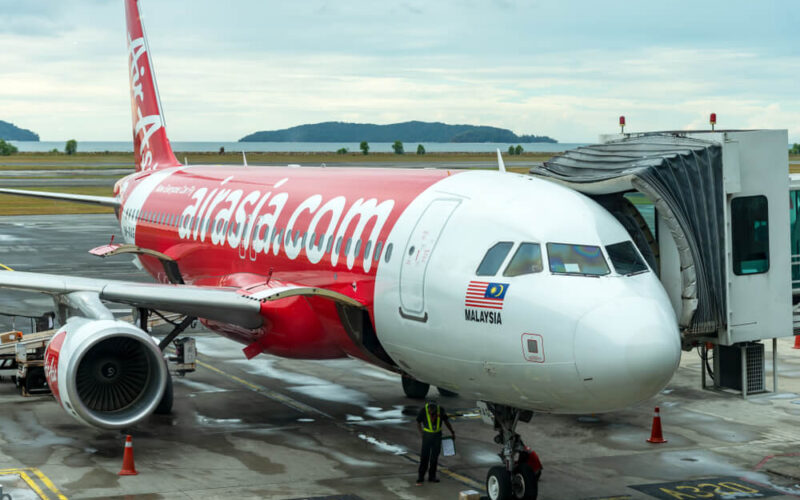After AirAsia published its Q1 2020 financial statement, the auditor of the report Messrs Ernst & Young warned of a financial imbalance in the low-cost carrier‘s balance sheet.
The material uncertainty at the AirAsia group was an “ongoing concern”, marked Messrs Ernst & Young in an unqualified audit opinion issued on July 7, 2020.
The main problem stems from the fact that AirAsia ended FY2019 with a $421 million (RM1.8 billion) difference in assets and liabilities. In Q1 2020, the difference between AirAsia‘s assets and liabilities ballooned to $818 million (RM3.5 billion), states the latest financial report issued by the airline on July 6, 2020.
Further concerns were raised due to “the global economy, in particular, the commercial airline industry faces uncertainty as a result of the unprecedented COVID-19 pandemic,” stated the auditors.
AirAsia saw its quarterly profit drop from $23 million (RM101.6 million) to a $223 million loss (RM953 million) in Q1 2020, as the low-cost carrier’s passenger numbers decreased by 27% from 8.7 million to 6.3 million throughout the quarter.
“Nevertheless, with the recent progressive uplifting of restriction on interstate travel and domestic tourism activities within the operating countries, the Group has seen positive developments,” stated the auditors.
AirAsia indicated that it reduced its fixed cash burn by 60%, while flexible costs were “negligible”. Further measures to bolster liquidity include the deferral of lease and maintenance payments, a review of pilots’ allowances and pay cuts across the company’s board.
In terms of refunds, AirAsia highlighted that 80% of customers opted for travel credits, rather than taking cash.
The low-cost carrier expects 85% load factors to return in FY2021.

